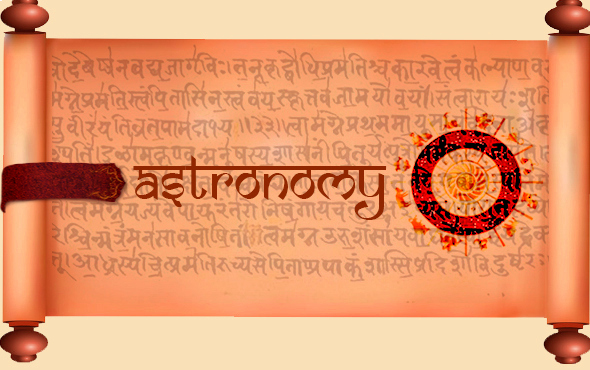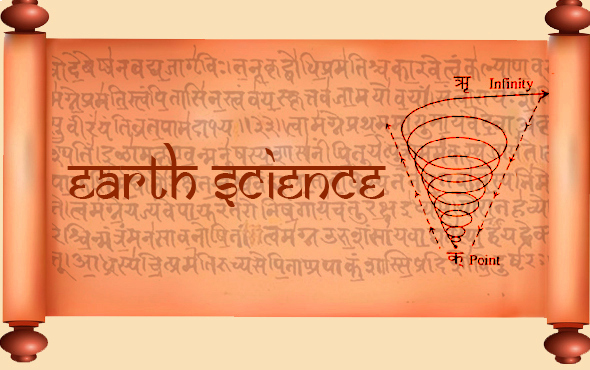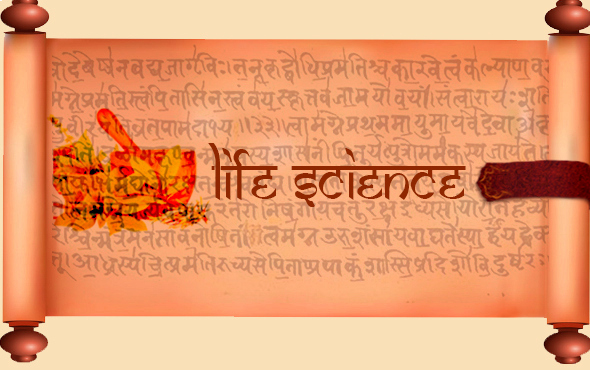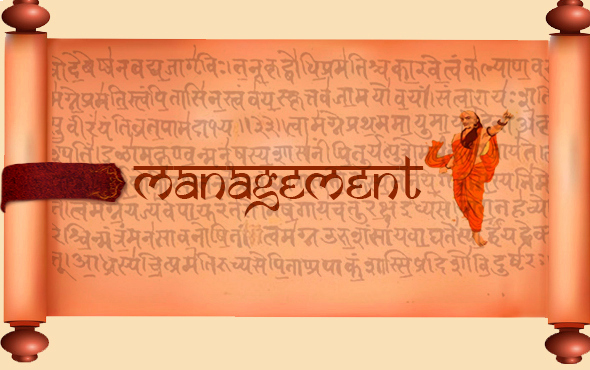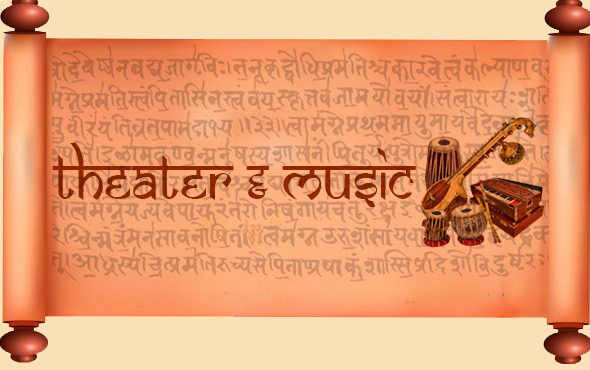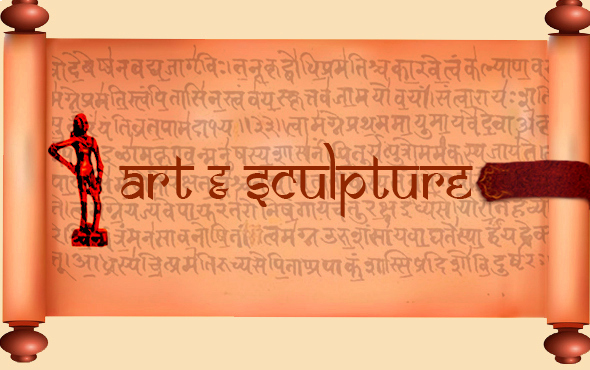
Lokāḥ Samastāḥ Sukhino Bhavantu
नमस्कार 🙏
Welcome
The Four Vedas
The Four Vedas Were Composed By Different Priestly Groups over A Period Of Several Centuries From Roughly The Second Half Of The 2nd Millennium BCE
RIG VEDA
Rig Veda (Sanskrit: ऋग्वेद: ) Was Likely Composed Between Roughly 1700–1100 BCE, Making It One Of The Oldest Texts Of Any Indo-Iranian Language, One Of The World's Oldest Religious Texts. It Was Preserved Over Centuries By Oral Tradition Alone And Was Probably Not Put In Writing Before The Early Middle Ages.
YAJUR VEDA
Yajur Veda (Sanskrit: यजुर्वेद: ) Is a Compilation Of Ritual Offering Formulas That Were Said By A Priest While An Individual Performed Ritual Actions Such As Those Before The Yajna Fire. The Exact Century Of Yajurveda's Composition Is Unknown, And Estimated By Scholars To Be Around 1200 To 1000 BCE
SAMA VEDA
Sama Veda (Sanskrit: सामवेद:) Is From Sāman "Song" And Veda "Knowledge". The Veda Of Melodies And Chants. It Is A Liturgical Text Which Consists Of 1,549 Verses. All But 75 Verses Have Been Taken From The Rig Veda. The Dates Composition Is Unknown, And Estimated Date of Sama Veda is Post Rig Veda Period.
ATHARVAVEDA
Atharva Veda(Sanskrit:अथर्ववेद:) is the "Knowledge Storehouse Of Atharvāṇas, The Procedures For Everyday Life". The Atharvaveda Is Sometimes Called The "Veda Of Magical Formulas", An Epithet Declared To Be Incorrect By Other Scholars, In Contrast To The 'Hieratic Religion' Of The Other Three Vedas.








